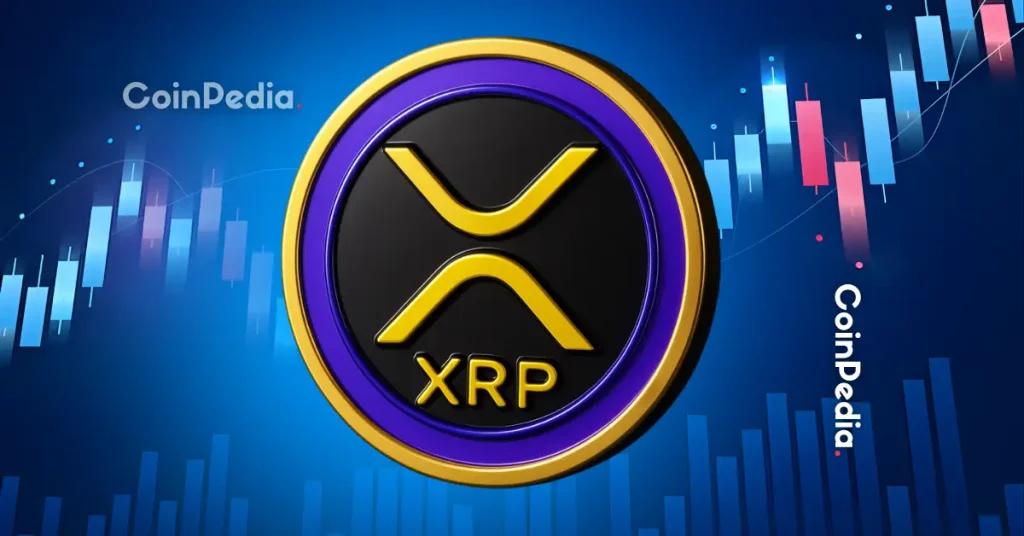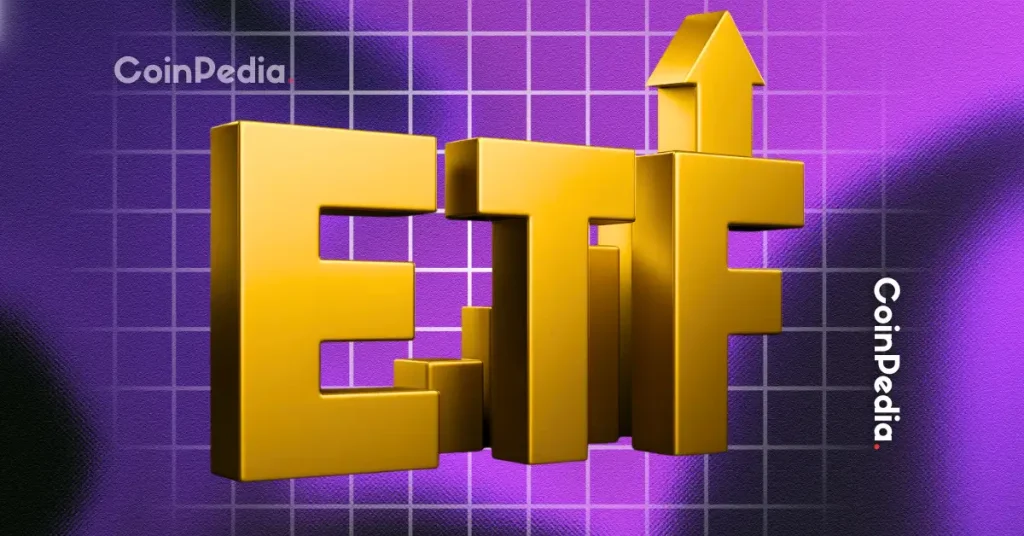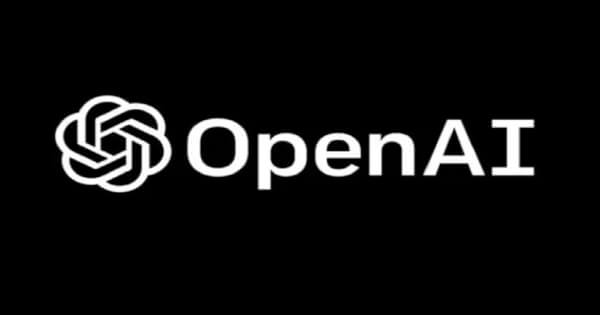The landscape of crypto investment is evolving fast — and Ethereum is at the center of it. As ETF inflows surge and governments begin experimenting with crypto-backed treasuries, Ethereum is no longer just a developer’s blockchain or DeFi playground. It’s now catching the eye of institutions and sovereign funds.
This shift raises an important question: Is institutional money changing the game for Ethereum? Based on current trends, the answer leans toward yes — and the implications could reshape Ethereum’s role in both crypto and global finance.
ETF Flows Signal Strong Institutional Appetite
The approval and rollout of spot Ethereum ETFs in several regions have given institutional investors their first regulated window into ETH ($3,989.02) exposure. Much like Bitcoin ETFs unlocked massive capital from pensions, hedge funds, and family offices, ETH ETFs are beginning to do the same.
Recent inflow data from markets like Hong Kong, Canada, and the U.S. suggest that capital is gradually flowing into ETH funds — though at a slower pace than Bitcoin. Still, this demand confirms that institutions now view ETH as more than just a volatile altcoin. They see it as a programmable asset with staking yield, Layer-2 scalability, and strong network effects.
Ethereum’s Appeal to Treasuries and Governments
Ethereum is also getting attention from public-sector finance. A few sovereign wealth funds, including those from the Middle East and Asia, have started quietly exploring ETH allocations. At the same time, governments are using Ethereum-based infrastructure for tokenized bonds, public registries, and cross-border settlement pilots.
Why does this matter? Because it positions Ethereum not only as an investment asset, but also as a backbone for future financial systems. Unlike Bitcoin, which is often seen as a store of value, Ethereum’s smart contract capabilities give it functional utility that institutions can actually use — from issuing assets to automating compliance.
Read Also: Altseason Delay? What to Expect in the Coming Weeks Based on On-Chain Data
Institutional Behavior Is Shaping the ETH Market
When institutions enter a market, everything changes — from liquidity dynamics to volatility profiles. Ethereum is already showing signs of this transition:
- Lower exchange reserves: On-chain data shows that large wallets (many likely institutional) are withdrawing ETH to custodial solutions or staking.
- More ETH locked in staking: With the rise of ETH ETFs and corporate treasury interest, more ETH is being parked in staking contracts to earn yield.
- Stable growth in Layer-2 adoption: Institutions prefer scalable and low-fee environments, which is fueling interest in Ethereum’s Layer-2 solutions like Arbitrum, Optimism, and Base.
These trends signal a maturing market where ETH is no longer just a trader’s asset — it’s becoming an institutional-grade product.
What This Means for Retail Investors
The entrance of institutional capital changes the game for retail investors, too. On the upside, it increases market stability, deepens liquidity, and builds long-term demand. But it also creates competition for access, especially when it comes to staking rewards or holding ETH during corrections.
Retail users will need to be more strategic. Buying ETH early, engaging with the ecosystem (DeFi, NFTs, L2s), and staking can help maintain an edge as larger players enter.
Risks and Open Questions
Institutional adoption brings credibility, but also introduces risks:
- Centralization concerns: Will staking and governance become dominated by large custodians and funds?
- Regulatory shifts: As Ethereum becomes more systemically important, regulators may apply stricter rules on staking, DeFi protocols, and wallet custody.
- Reduced volatility: While reduced volatility may seem beneficial, it can also lead to lower short-term gains and make the market feel slower for early adopters.
That said, most of these trade-offs reflect growing pains in Ethereum’s path to becoming a core part of the global financial stack.
Final Thoughts
Ethereum’s future is being shaped in real-time by institutional behavior. ETF inflows are laying the foundation. Treasury and sovereign interest are validating its infrastructure value. On-chain activity shows strategic accumulation by smart capital.
This isn’t just hype — it’s a turning point.
If these trends continue, Ethereum could soon move from being the “tech layer of crypto” to the financial engine of the next global system. For investors, builders, and observers alike, one thing is clear: the institutional era of Ethereum has officially begun.
The post ETF Flows, Treasury Interest & Ethereum: Is Institutional Money Changing the Game? appeared first on FXcrypto News.























 24h Most Popular
24h Most Popular







 Utilities
Utilities